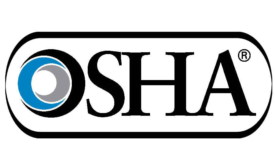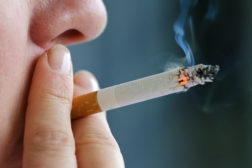News
A NIOSH Science Blog post
Occupational Health Internship Program
-Apply now for summer 2017
February 3, 2017
By the numbers…
OSHA's On-site Consultation Program helped 27,000+ employers in 2016
February 3, 2017
Ketchup or PFAS with those fries?
Researchers raise concerns about chemicals in fast-food packaging
February 2, 2017
Never miss the latest news and trends driving the safety industry
eNewsletter | Website | eMagazine
JOIN TODAYCopyright ©2024. All Rights Reserved BNP Media.
Design, CMS, Hosting & Web Development :: ePublishing









